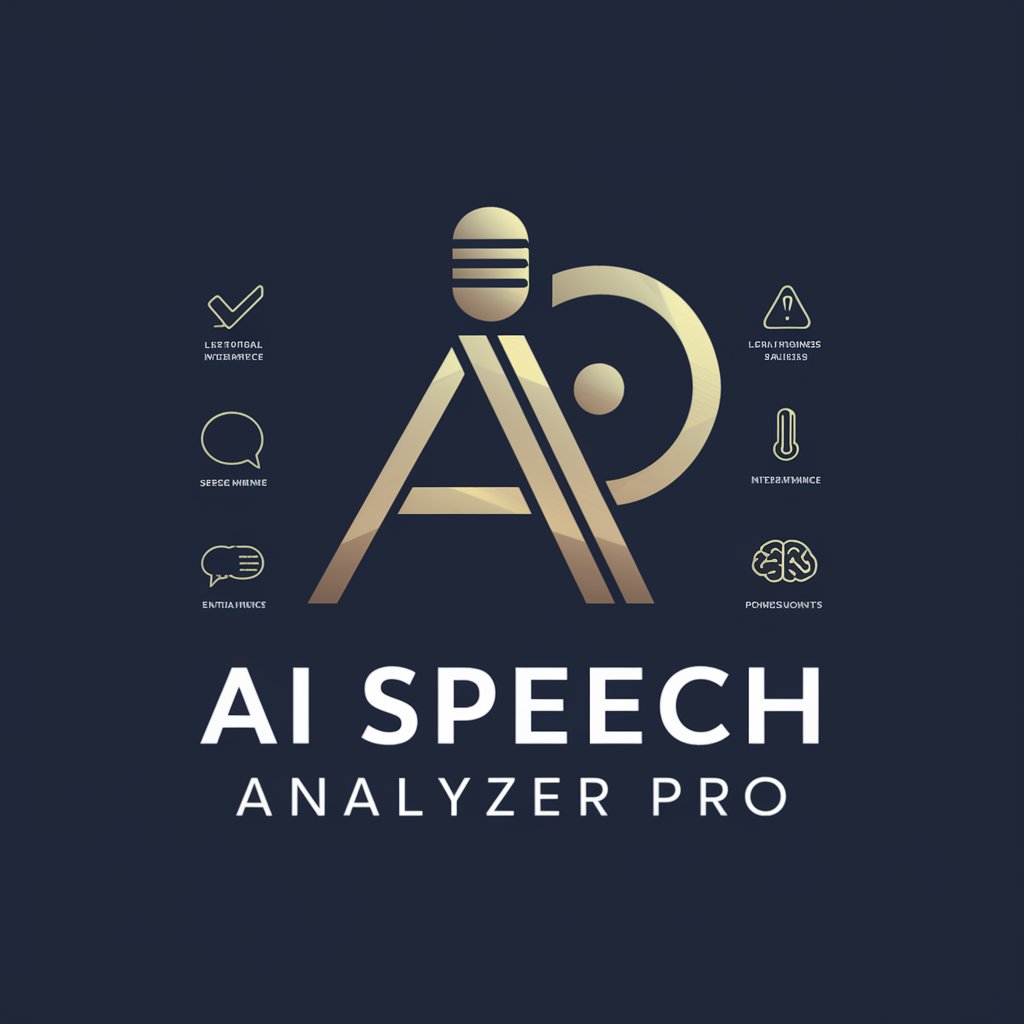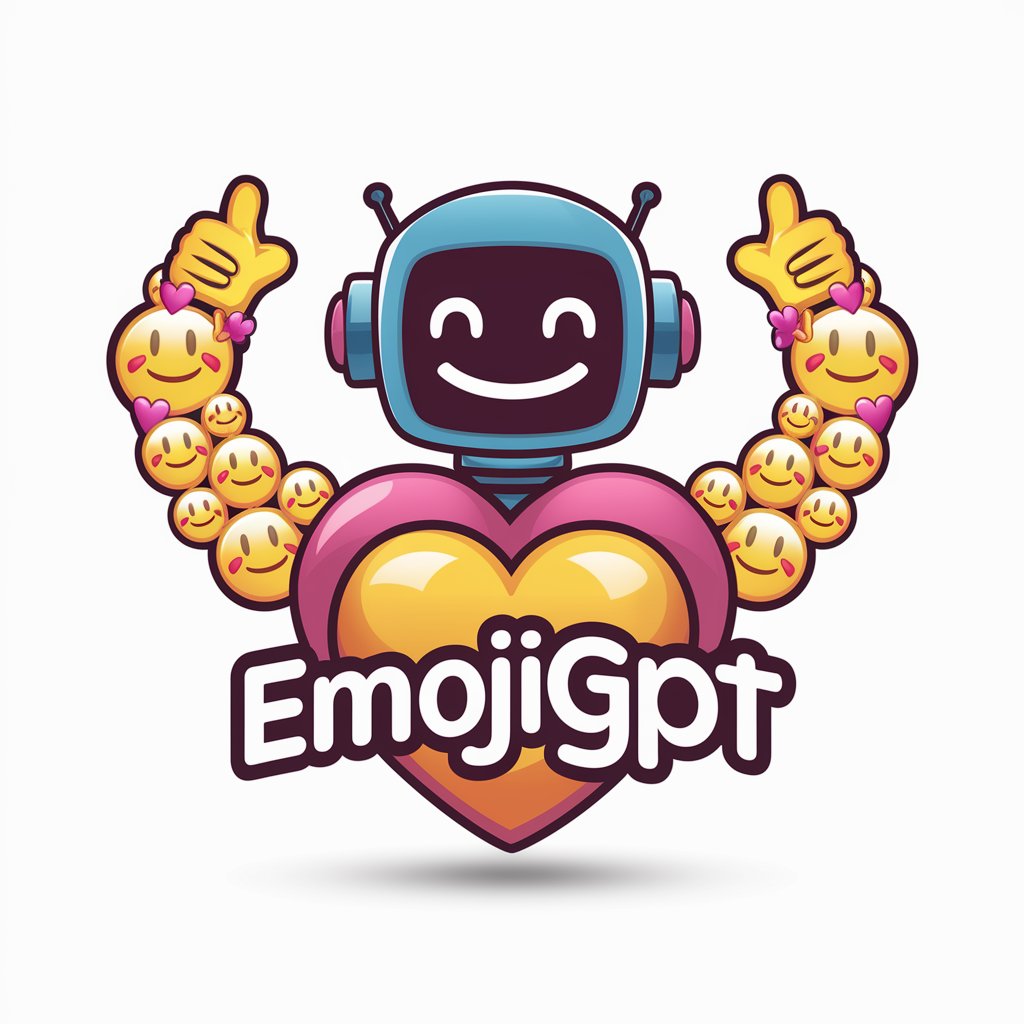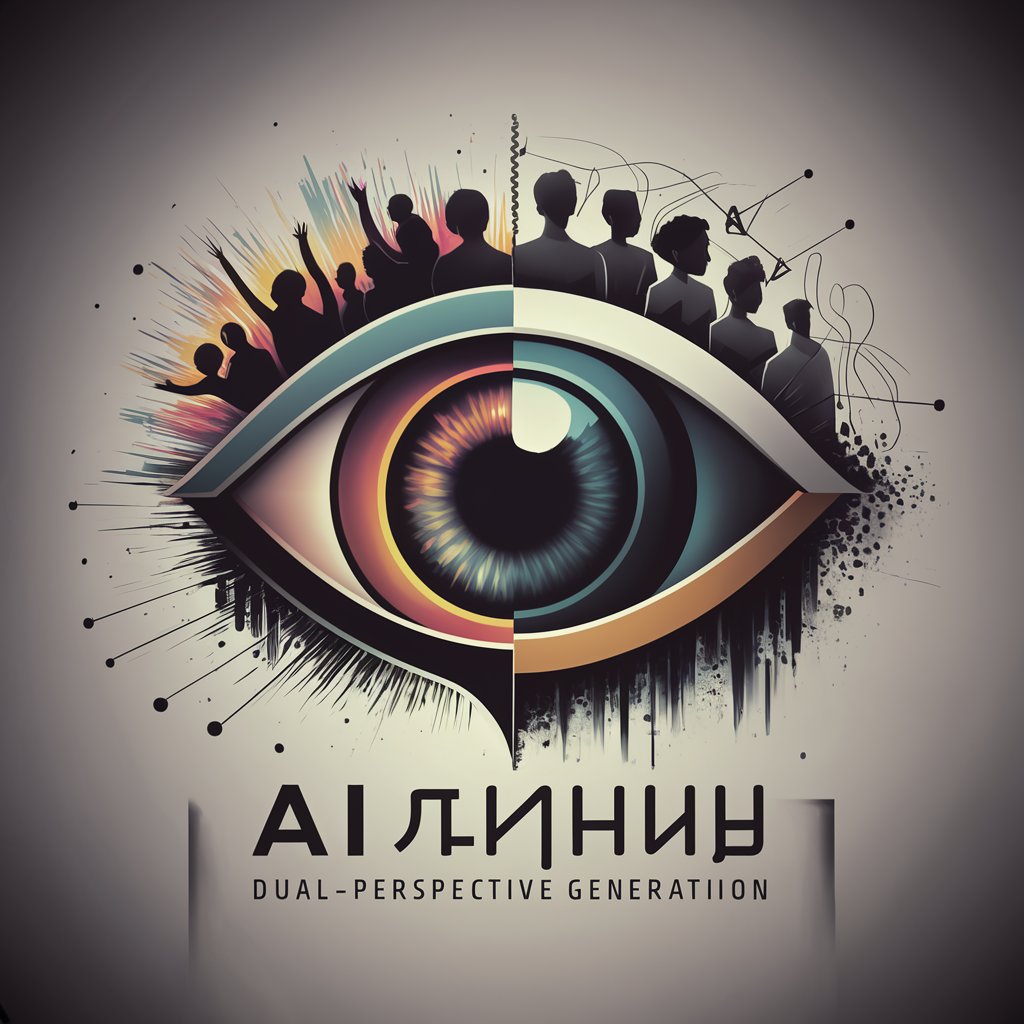9 GPTs for Emotional Tone Powered by AI for Free of 2025
AI GPTs for Emotional Tone are advanced tools designed to understand, generate, and analyze text with an emphasis on the emotional context. Leveraging Generative Pre-trained Transformers, these tools offer nuanced insights into the emotional tone of text, making them ideal for applications requiring emotional intelligence. By analyzing language patterns, they can identify sentiments, moods, and emotional nuances, providing tailored solutions for a wide range of tasks related to understanding and generating emotionally aware content.
Top 9 GPTs for Emotional Tone are: 六艺判官,Actor Audition Coach,AI Speech Analyzer,GPT Voice Designer,Singing Songs meaning?,Endings & Conclusions,EmojiGPT,视频转绘镜头提词,书荒怎么办?
六艺判官
Simplify Text Analysis with AI

Actor Audition Coach
Elevate Your Audition with AI-Powered Coaching

AI Speech Analyzer
Unlocking Speech Insights with AI

GPT Voice Designer
Craft Your Voice with AI Precision

Singing Songs meaning?
Unlock the deeper meaning of songs with AI.

Endings & Conclusions
Crafting compelling story endings with AI

EmojiGPT
Elevate messages with AI-powered emojis

视频转绘镜头提词
Crafting Stories from Images, Powered by AI

书荒怎么办?
Discover Your Next Favorite Book with AI
Key Attributes of Emotional Tone AI Tools
These GPTs boast adaptability across various emotional contexts, from detecting subtle mood shifts to generating empathetic responses. Key features include advanced sentiment analysis, emotion detection capabilities, and the generation of content with targeted emotional tones. They support multiple languages, offer technical assistance, and can integrate with web search and image creation for comprehensive emotional analysis. Their ability to learn and adapt to specific emotional lexicons and nuances sets them apart.
Who Can Benefit from Emotional Tone AI
This technology is suited for a broad audience, including individuals new to AI, developers, and professionals in fields like marketing, customer service, and mental health. It's accessible to users without programming skills, thanks to user-friendly interfaces, while offering extensive customization for those with technical expertise. This duality ensures a wide range of applications, from enhancing customer interaction to supporting mental wellness initiatives.
Try Our other AI GPTs tools for Free
Dialogue Delivery
Discover how AI GPTs for Dialogue Delivery can transform your interactions with advanced, human-like conversational AI tools designed for a wide array of applications.
Methodology Application
Discover how AI GPTs for Methodology Application revolutionize task management and decision-making across fields, offering tailored, efficient, and innovative solutions.
Academic Profiles
Discover how AI GPTs for Academic Profiles revolutionize research and education with advanced content generation, data analysis, and custom integration capabilities.
Sumo Education
Discover how AI GPTs transform Sumo Education with tailored learning experiences, language support, and interactive content designed for enthusiasts and professionals alike.
Rikishi Analysis
Discover the future of sumo analysis with AI GPTs for Rikishi Analysis, offering tailored insights, predictions, and comprehensive data interpretation for enthusiasts and professionals alike.
Project Pitching
Discover how AI GPTs for Project Pitching can revolutionize the way you prepare, develop, and present project proposals, enhancing efficiency and effectiveness.
Further Exploration into Emotional Tone AI
These GPTs are not just tools but partners in enhancing emotional intelligence across sectors. Their user-friendly interfaces facilitate easy adoption, while the potential for integration allows for seamless inclusion in existing digital ecosystems. They represent a significant step forward in making AI more emotionally aware and empathetic in its interactions.
Frequently Asked Questions
What is AI GPT for Emotional Tone?
AI GPT for Emotional Tone is a technology that uses Generative Pre-trained Transformers to understand and generate text with a focus on emotional context, aiding in tasks that require emotional intelligence.
How can it be used?
It can be used in various applications, including customer service to provide empathetic responses, in content creation to generate emotionally resonant articles, or in mental health support systems to analyze emotional expressions.
Is it accessible to beginners?
Yes, it's designed to be user-friendly for beginners, with interfaces that don't require programming knowledge, making it accessible for a wide audience.
Can developers customize these tools?
Absolutely. Developers can access more advanced features and customization options, allowing them to tailor the tools for specific applications or integrate them into existing systems.
What makes it unique from other AI tools?
Its focus on emotional intelligence, capability to understand and generate emotionally nuanced content, and adaptability across various emotional contexts distinguish it from other AI tools.
Can it support multiple languages?
Yes, these GPTs are designed to support multiple languages, enabling emotional tone analysis and generation in diverse linguistic contexts.
How does it integrate with other technologies?
It can integrate with existing systems or workflows, support web search for contextual understanding, and link with image creation tools for comprehensive emotional analysis.
What are the potential benefits in professional settings?
In professional settings, it can enhance customer interaction, support mental health assessments, and improve content relevance by aligning with the emotional tone of the target audience.